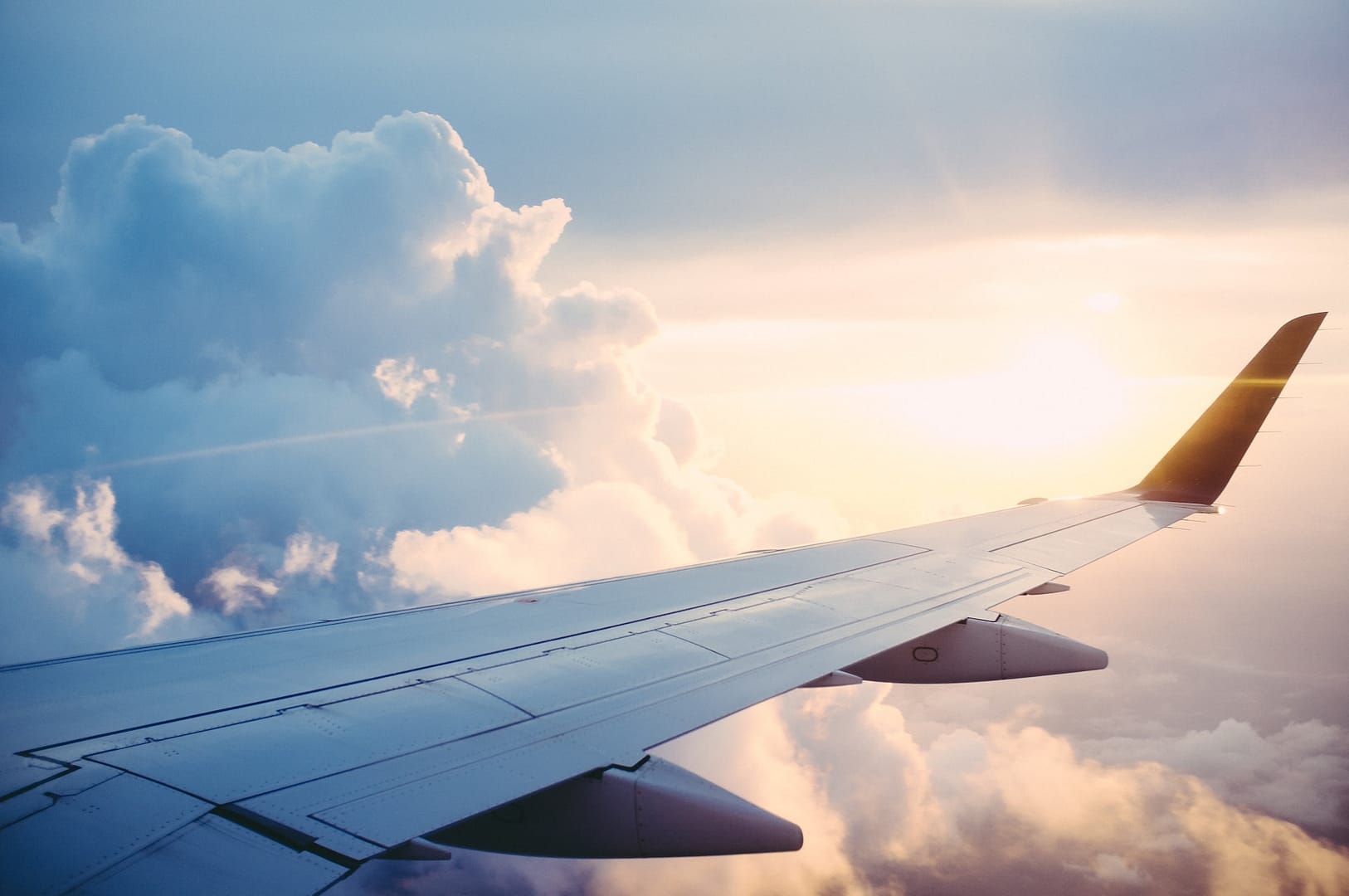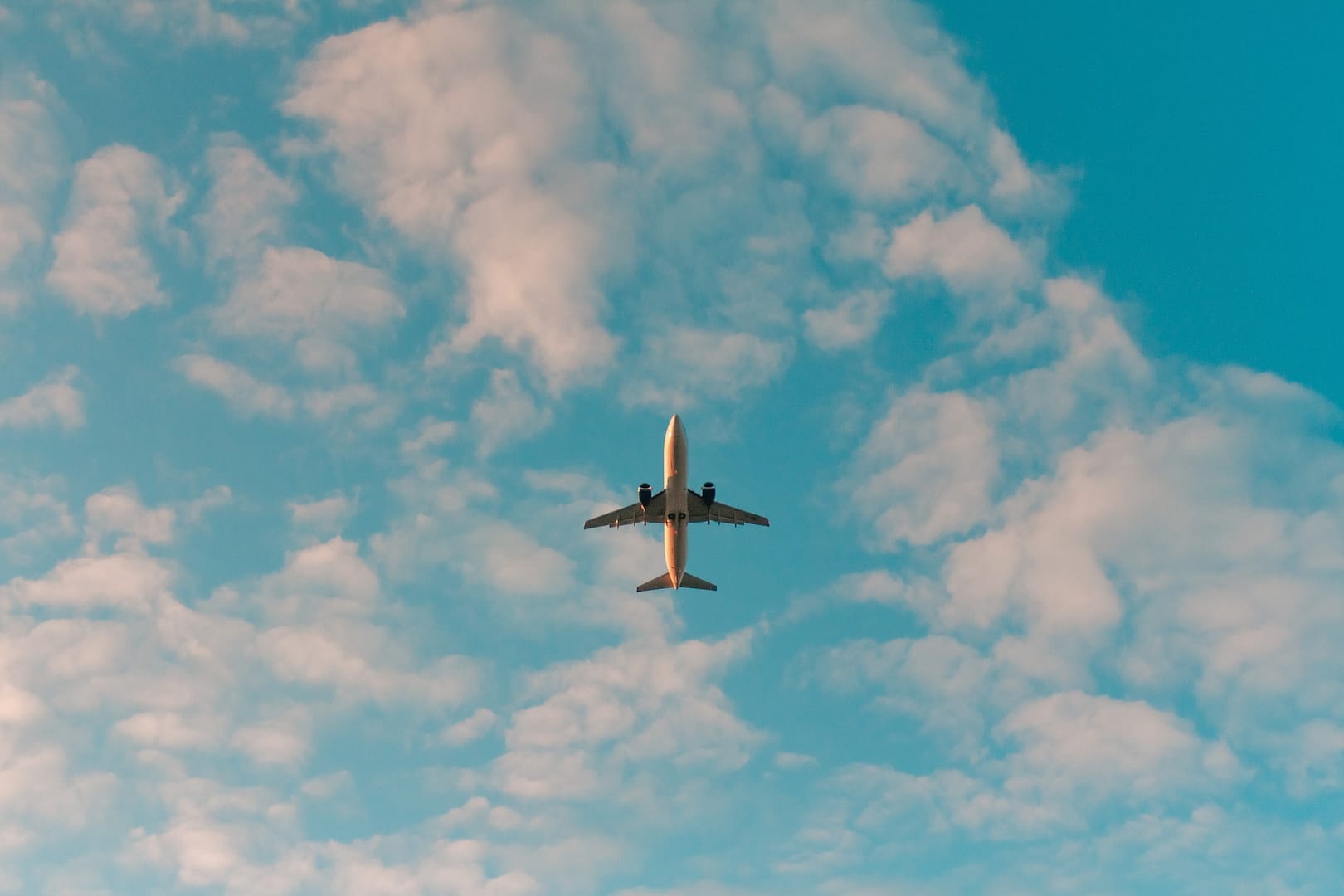The aviation industry is a marvel of human ingenuity. It has transformed the way we travel, connect with the world, and do business. However, with great achievements come great responsibilities, and one of the foremost responsibilities in the aviation industry is safety. In this article, we will delve into the safety measures implemented in the aviation industry and explore how to prevent accidents, ensuring that every flight remains a safe and reliable means of transportation.
The Significance of Safety in Aviation
Before we delve into the specifics of safety measures, it’s crucial to understand the significance of safety in the aviation industry. This is an industry where a minor error can have catastrophic consequences, affecting hundreds of lives. Safety is not just a goal; it’s a fundamental requirement. A culture of safety is deeply ingrained in the aviation industry, ensuring that every flight is as secure as possible.
Safety in aviation involves a holistic approach that encompasses the entire life cycle of a flight, from the moment an aircraft is designed to the time it’s retired from service. It is achieved through rigorous training, strict regulations, advanced technology, and constant vigilance.
Safety Measures in the Aviation Industry
Robust Training Programs
The backbone of aviation safety is its well-structured training programs. Every individual working in the aviation industry, from pilots and air traffic controllers to ground crew and maintenance staff, undergoes extensive training. This training equips them with the skills and knowledge required to handle emergency situations, make quick decisions, and respond to unforeseen events.
Strict Regulatory Oversight
Regulation is a pivotal aspect of aviation safety. In the UK, the Civil Aviation Authority (CAA) plays a crucial role in setting and enforcing safety standards. These regulations encompass aircraft design, maintenance, operation, and more. Compliance with these regulations is mandatory, and any deviations are subject to strict penalties.
Advanced Technology
The aviation industry constantly invests in cutting-edge technology to enhance safety. Modern aircraft are equipped with state-of-the-art avionics, including collision avoidance systems, automated weather monitoring, and real-time communication with ground control. These technologies help pilots navigate safely through diverse weather conditions and airspace.
Stringent Maintenance Procedures
Aircraft maintenance is another cornerstone of aviation safety. Routine inspections, repairs, and scheduled maintenance checks are conducted to ensure that every aircraft is in optimal working condition. Strict adherence to maintenance schedules and thorough record-keeping is crucial in preventing accidents caused by mechanical failures.
Safety Management Systems (SMS)
Safety Management Systems are structured approaches used by aviation organisations to manage safety risks effectively. These systems promote a proactive and data-driven approach to safety. Airlines and aviation companies use SMS to identify potential hazards, assess risks, and implement measures to prevent accidents.
Preventing Accidents: Tripping and Falling Hazards in the Aviation Industry
Safety measures in aviation extend beyond the operation of aircraft. There are also safety protocols in place to prevent accidents on the ground. Tripping and falling hazards are a significant concern in the aviation industry due to the large number of personnel working on the tarmac and in hangars. Let’s explore some strategies for mitigating these risks.
Clear Markings and Signage
One of the simplest yet effective ways to prevent tripping and falling hazards is through clear markings and signage. Aviation facilities are marked with highly visible lines and signs indicating safe walking paths, restricted areas, and potential hazards. These visual cues help employees and personnel navigate safely.
Regular Cleaning and Maintenance
Maintaining a clean and well-organised workspace is vital to preventing accidents. Oil spills, debris, or foreign objects on the ground can lead to slips, trips, or falls. Regular cleaning and maintenance of hangars, runways, and terminals help eliminate these risks.
Proper Lighting
Insufficient lighting can be a recipe for accidents. Adequate lighting in all areas of the aviation facility is crucial to ensure that employees can see potential hazards and obstacles clearly. Additionally, well-lit areas can deter unauthorised personnel from wandering into restricted zones.
Non-Slip Flooring
Many areas in aviation facilities have specialised non-slip flooring. This type of flooring provides better traction, reducing the risk of slips and falls. It is particularly essential in areas where liquids are handled, such as refuelling stations.
Employee Training
Just as flight crews are extensively trained for safety in the air, ground personnel receive training to stay safe while performing their duties. This includes recognizing potential tripping and falling hazards and learning how to avoid them.
Reporting and Incident Investigation
A robust reporting system encourages employees to report incidents or near-misses related to tripping and falling hazards. Investigating these incidents helps identify root causes and implement preventive measures.
Safety Equipment
Personal protective equipment (PPE), such as non-slip footwear, can play a crucial role in preventing accidents. Employees working on the tarmac or in hangars should wear appropriate safety gear to minimise the risk of accidents.
Making an Accident at Work Claim with National Claims
At National Claims, we understand the importance of safety in the aviation industry. We also recognize that despite the best efforts to prevent accidents, they can still occur. In such cases, it’s essential to have a reliable partner who can help you make an accident at work claim and ensure you receive the compensation you deserve.
Our team of experienced solicitors at National Claims specialises in handling workplace accident claims, including those within the aviation industry. If you’ve been injured due to an accident on the job, whether it’s related to tripping and falling hazards or other safety issues, we can guide you through the process of making a claim.
Here’s how we can assist you in making an accident at work claim:
Free Consultation: We offer a free, no-obligation consultation to understand the details of your case. This initial discussion allows us to assess the merits of your claim.
Professional Advice: Our solicitors provide professional advice on the best course of action based on your specific situation. We’ll help you understand your rights and the potential compensation you may be entitled to.
Paperwork and Documentation: We’ll assist you in gathering the necessary documentation and evidence to support your claim. This includes medical records, accident reports, witness statements, and more.
Negotiation and Representation: We’ll negotiate on your behalf with the relevant parties, which may include your employer, insurance companies, or regulatory authorities. Our goal is to secure the compensation you deserve.
Legal Support: Throughout the process, our legal experts will provide ongoing support and representation. We will keep you informed at every stage of your claim.
No Win, No Fee: At National Claims, we operate on a ‘No Win, No Fee’ basis. This means that you don’t have to worry about upfront legal fees. We only charge a fee if we successfully secure compensation for you.
National Claims is dedicated to helping individuals who have suffered injuries in the workplace. If you’ve been involved in an accident within the aviation industry, we’re here to support you in making a successful claim.

Conclusion
Safety in the aviation industry is non-negotiable. It is a testament to the commitment of countless professionals who dedicate their careers to ensuring the safety of passengers and personnel. From the rigorous training programs to the advanced technology and stringent regulations, every aspect of the aviation industry is designed to prevent accidents and minimise risks.
By addressing not only the operation of aircraft but also safety on the ground, the aviation industry continues to set the standard for safety in high-risk environments. The measures taken to prevent tripping and falling hazards exemplify the industry’s dedication to safety in every aspect of its operations.
As travellers, we place our trust in the hands of aviation professionals every time we board a flight. The robust safety measures and preventive strategies ensure that we can have faith in the industry’s unwavering commitment to keeping us safe. In the sky and on the ground, the aviation industry’s top priority remains the same: to prevent accidents and ensure that every journey is a secure and memorable one. And, should accidents occur, National Claims is here to provide the support you need to make a successful claim and receive the compensation you deserve.
Contact us to get started on your claim for your accident and be put in touch with one of our claims specialists today.
Click below to see why we are one of the most trusted claims management companies in the UK.

We’re proud of our excellent customer reviews
We thrive on delivering exceptional service and ensuring our clients’ satisfaction. Don’t just take our word for it. Check out some of our independent reviews to see what our clients have to say.
Excellent

This firm is excellent, they sorted out my car pay out and injury claim very fast, they always communicate with you all the time.

My accident case was dealt with confidence and with great result of the outcome, especially James kept me informed all the time.

I was very impressed at the way my inquiry was treated. I was listened to attentively and everything I needed to know was explained to me.






